Spend a day in the most famous wine village in the Barolo wine region of Langhe.
We pulled our convertible Fiat 500 into the parking lot of Hotel and Restaurant Barolo. A simple hotel snuggled between vineyards with balconies and a pool overlooking the castle and village of Barolo perched on the hilltop. Barolo is one of the beating hearts of the Langhe region, known for it’s famous Barolo wine, also known as the King of Wines (more to come on that). The village has about 750 inhabitants that mainly work in either tourism or wine production. We made our way downhill passing the hotel’s vineyards along the way. In the distance you could see rolling hills and roads whizzing in and out of the slopes.
Why visiting Barolo matters
The village of Barolo sustains itself off of tourism and needs it in order for these medieval villages and the local communities to survive. That’s why calling attention to the Langhe region as an alternative to Tuscany is important. A day trip to Langhe means traveling with renewed sense of awareness and an eye for community impact. And of course, it helps to know that you’ll be tasting your way through the Langhe region sipping on the best Barolo wine in the world. You can also enjoy wines like Barbaresco, Barbera, Dolcetto, and more in this region, but there’s no discussion about it Barolo reigns.
Until recent years, the Langhe region saw a massive exodus. Locals turned to the cities of Milan and Turin where jobs were more accessible, in higher demand, and well-paid. But there has finally been a shift. Young people are recognizing the importance and profitability of having wine making professions in the preservation and maintenance of historic traditions, heritage, and our land–which makes Italy so unique. Professions in the wine making industry have increased as can be seen by an increase in attendance at the Oenological School of Alba.
You can thank the Falletti family for the Barolo wine, land, and castle.
As soon as you step foot into the small medieval village of Barolo, you immediately feel yourself drawn to Castello Falletti di Barolo. That’s your first stop. Follow the cobblestones to the high tower and loop around it, admiring the terraced vineyards engulfing the castle. The castle was originally erected as a defense against the Saracen raids. In the 13th century, Castello Falletti and the entire Barolo area was acquired by the noble and powerful banking family, Falletti. They lived there until the 19th century when they would move to Turin and turn the castle into their country residence. In 2010, Castello Falletti became the site of the Wine Museum of Barolo. Why you may ask? Here’s why:
The Falletti family were the ones who kickstarted the Barolo wine region’s silent fame in the 1830s. Giulia Falletti, French wife of Marquis Carlo Tancredi Falletti, invited the great oenologist Louis Oudart to her estate. It was here that he applied the techniques used in the production of the great French wines to create the now famous Barolo wine. The wine began picking up traction and was talked about in all of Europe. By royal request, King Carlo Alberto of Savoy received 325 wagons of the Marquise’s wine–one for every day of the year except Lent–and that is how Barolo wine got it’s name “wine of Kings, King of wines.” The modern day Barolo we taste today ultimately was a collaboration between the the oenologist Louis Oudart and Camillo Benso, Count of Cavour, perfected in 1844.
Castello Falletti is also home to the Regional Barolo wine shop or Enoteca. Here you can try local wines for just €2 or €3. The selection changes daily to allow local producers, big and small, a chance to share their wines. Of course, as you wander around the streets of Barolo, you can’t help but breathe in the smell of fermented grapes at every corner. Botteghe, enoteche, and wine tasting shops take precedence here over any other business so there is no shortage of wine tasting opportunity.
Being that we were just here on a quick morning trip, I just scratched the surface of Barolo. I didn’t get the opportunity to indulge in the wines. But this all the more reason for me to come back and acquaint myself with this land and heritage on a deeper level.
Hike your way through Barolo wine region
Before making our way out of Barolo, we came across a sentiero, or rocky path, that led down towards the u-shaped valley and continued up and around the hills. It turns out, there are a series of paths you can walk and hike that connect the different wine villages in the area. There are about 23 hikes in the entire Barolo wine region, some are 4 km long and other 12 km. As I mentioned, I only spent a morning here so wasn’t able to partake, but next time I’ll bring my hiking shoes and definitely do a few. In the meantime, here’s a look at the various hikes you can take.
Think of it as a Cinque Terre path, but through vineyards, and with plenty of wine. The beauty of it is you can do all the wine tasting you want without having to drive back. Unlike Cinque Terre however, these hikes are untouched so you’ll have all the privacy and beauty of the Barolo wine region to yourself.
>> Next: A Day Trip to Langhe, Piemonte: An Alternative to Tuscany
Follow SVADORE on:
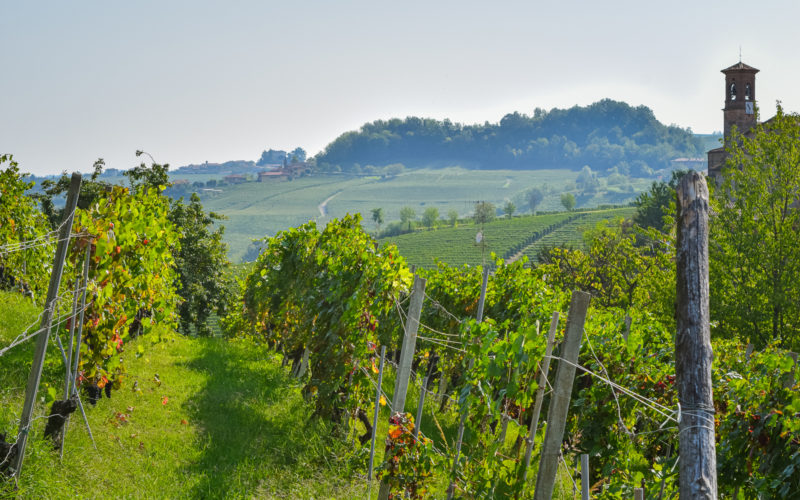
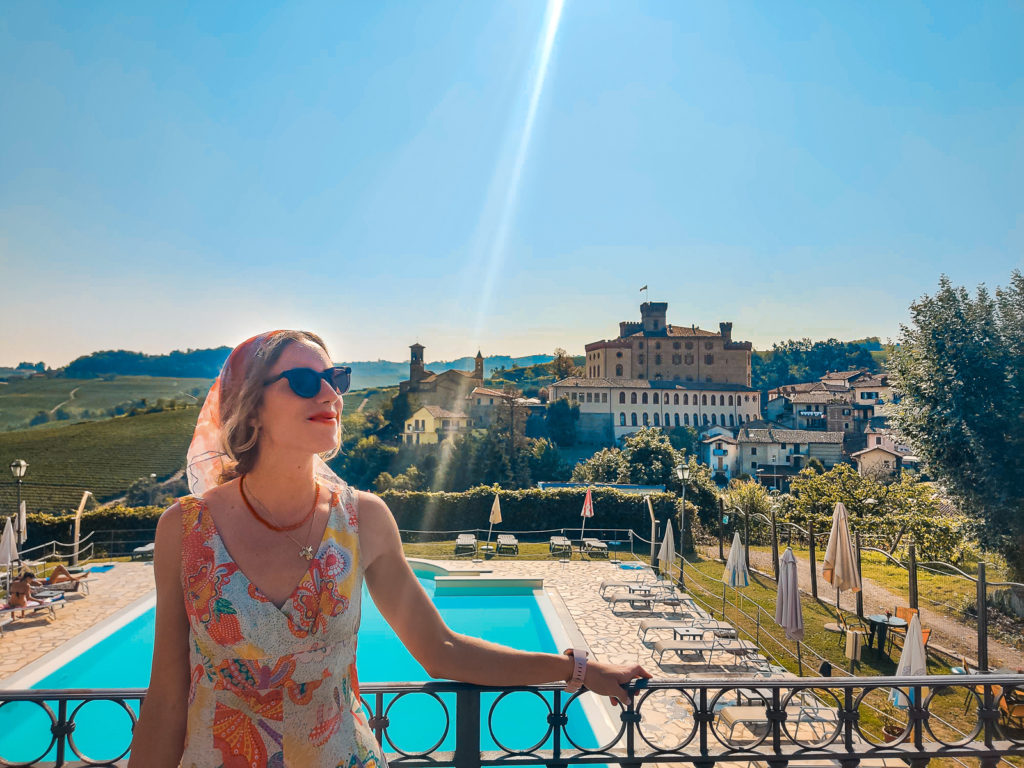
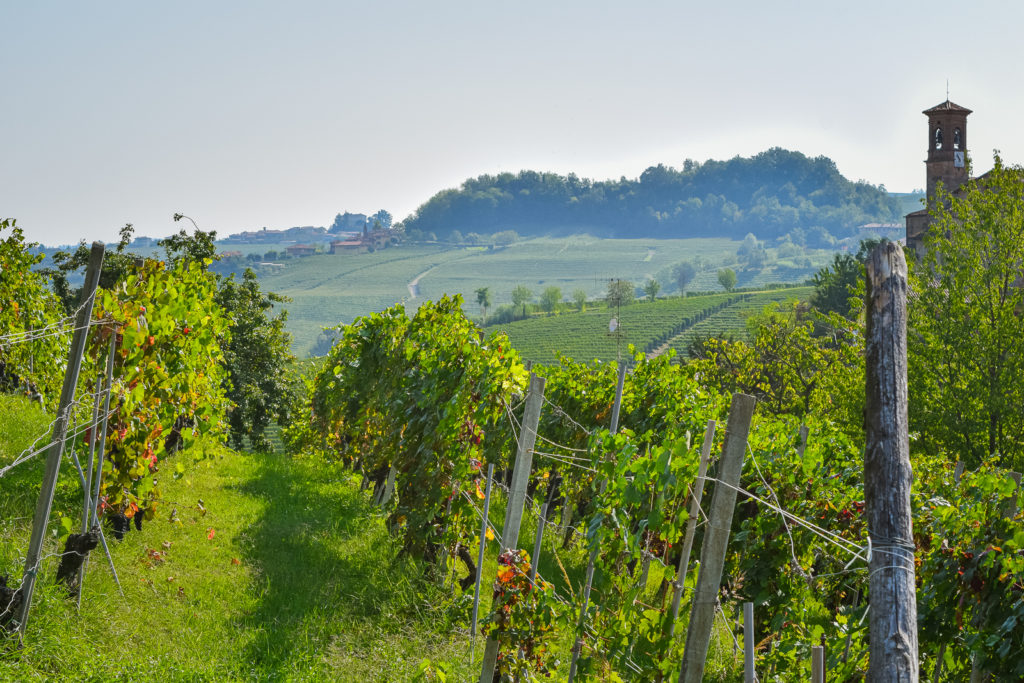
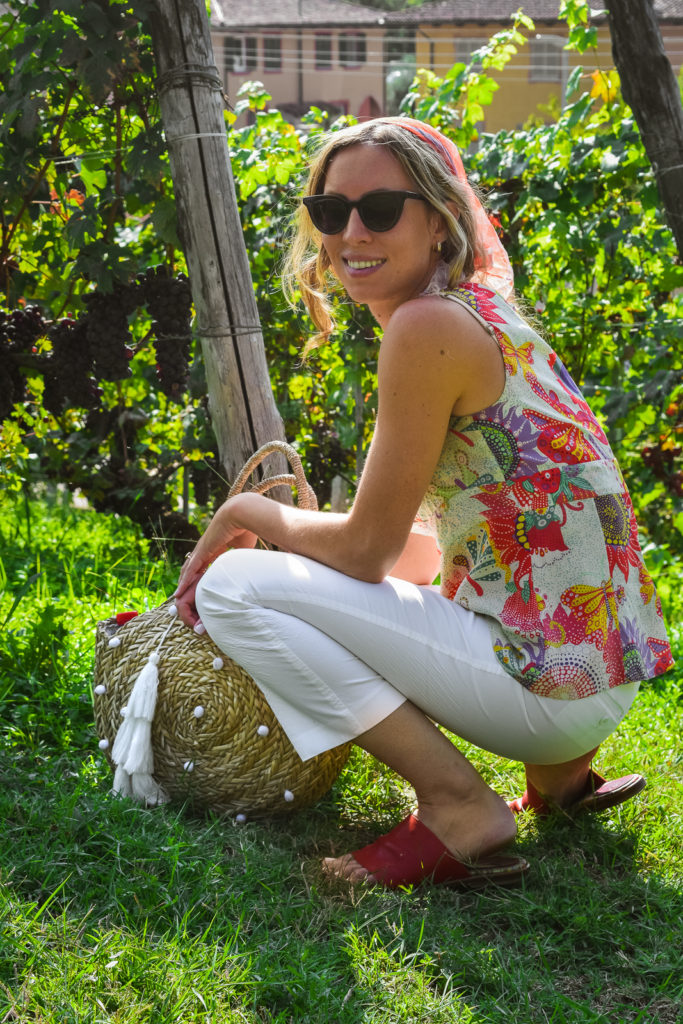
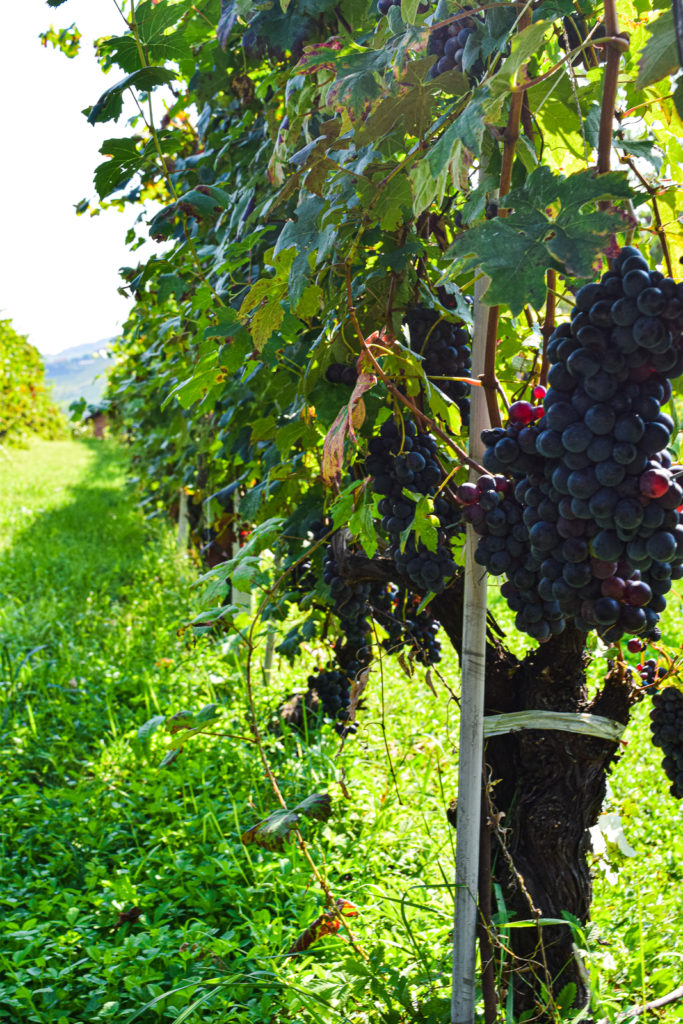
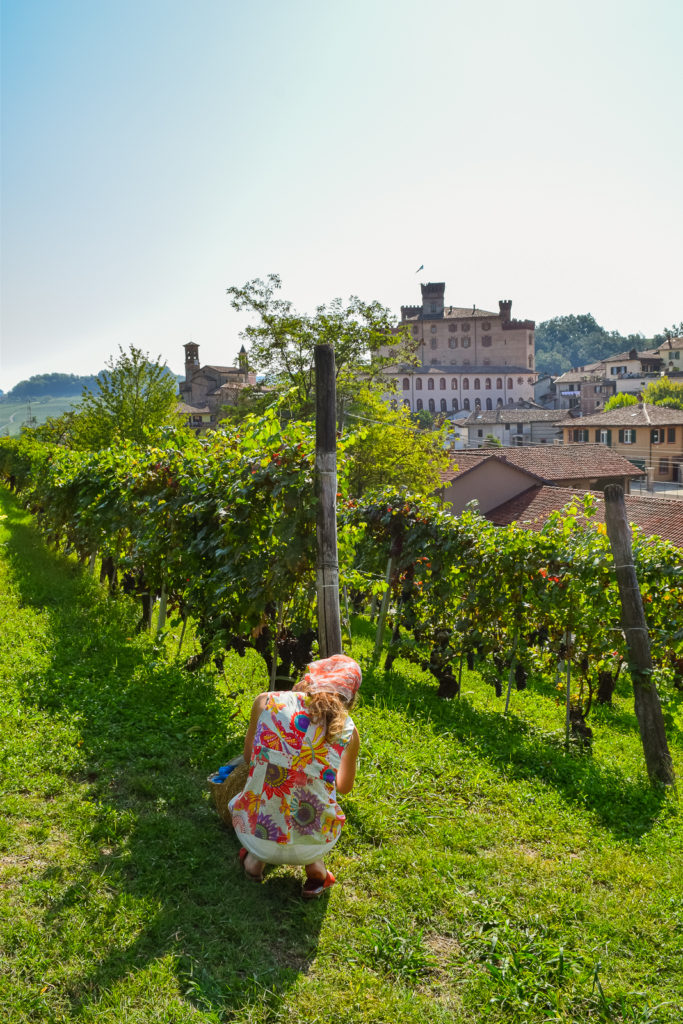
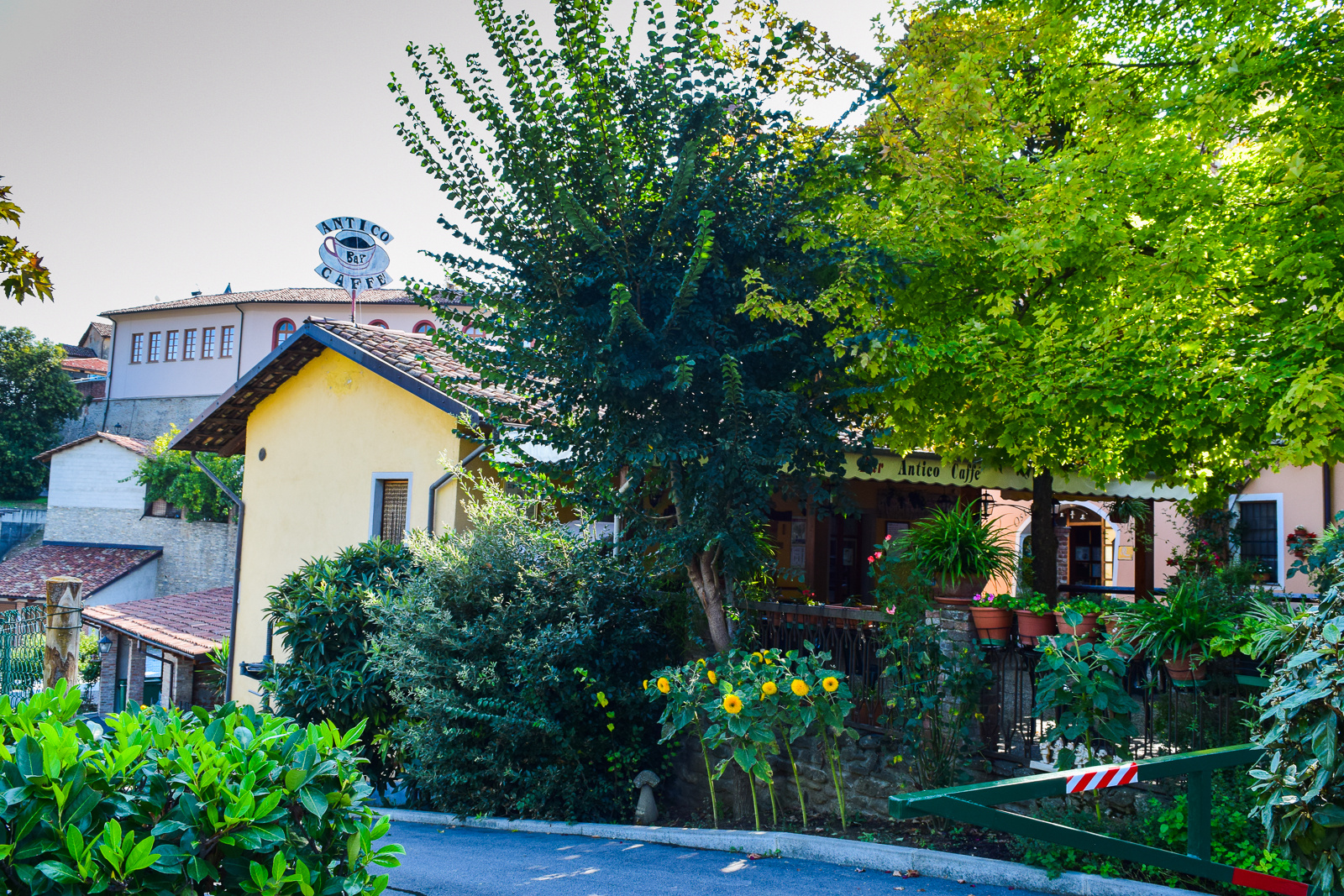
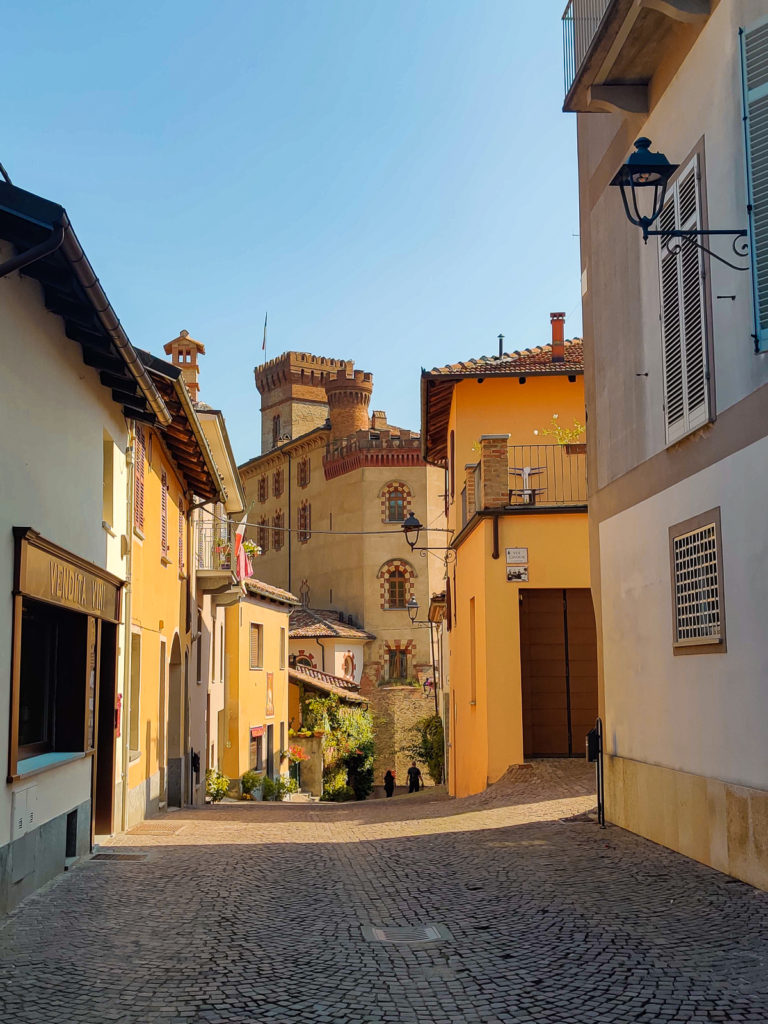
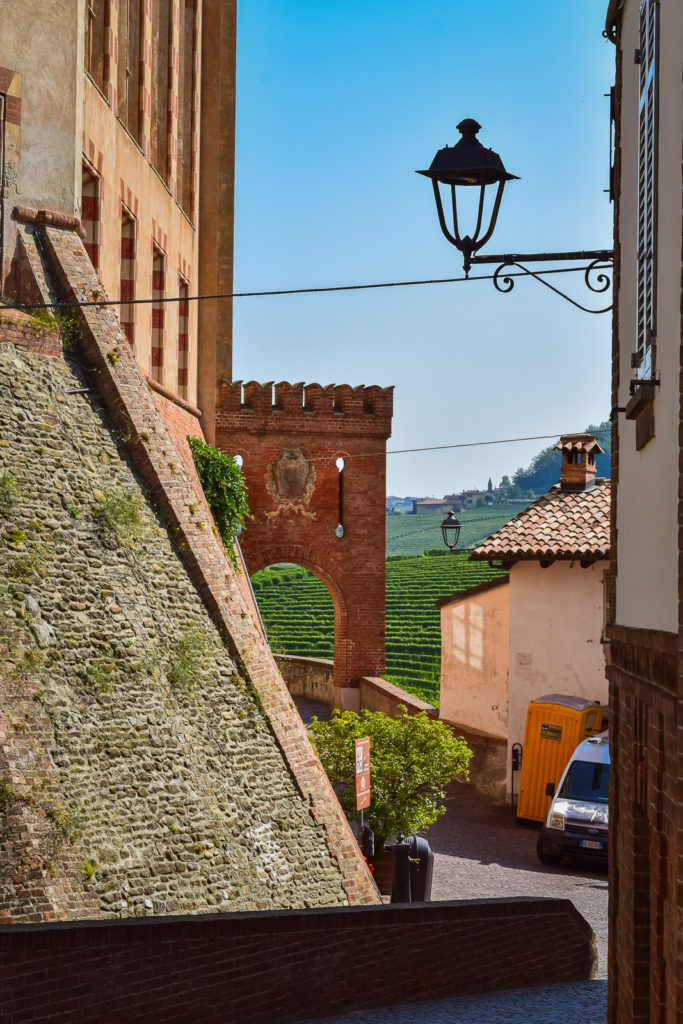
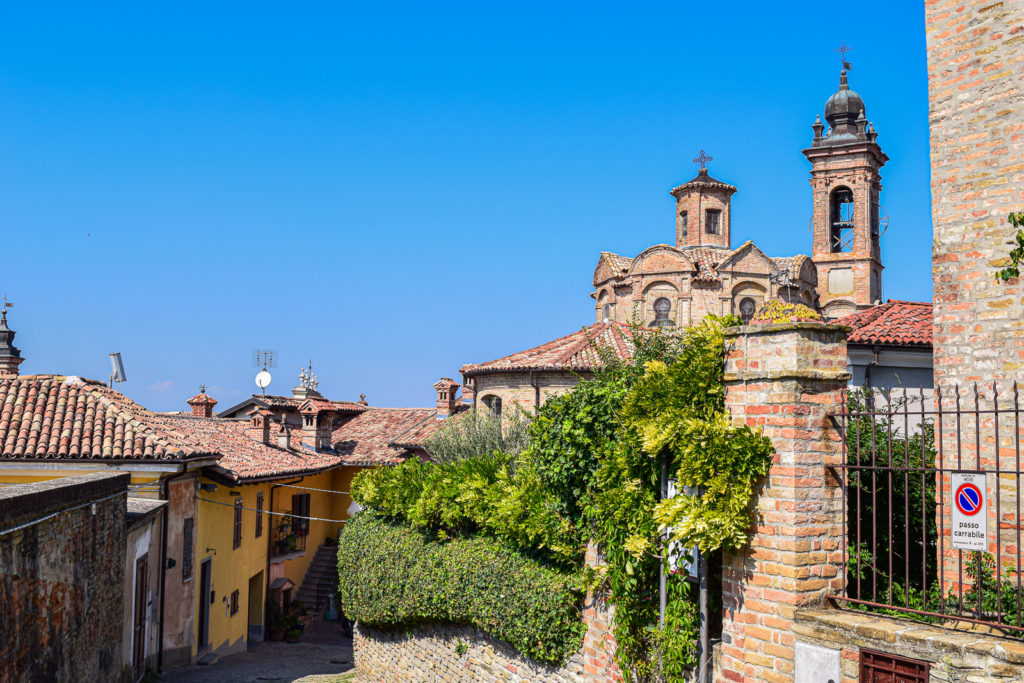
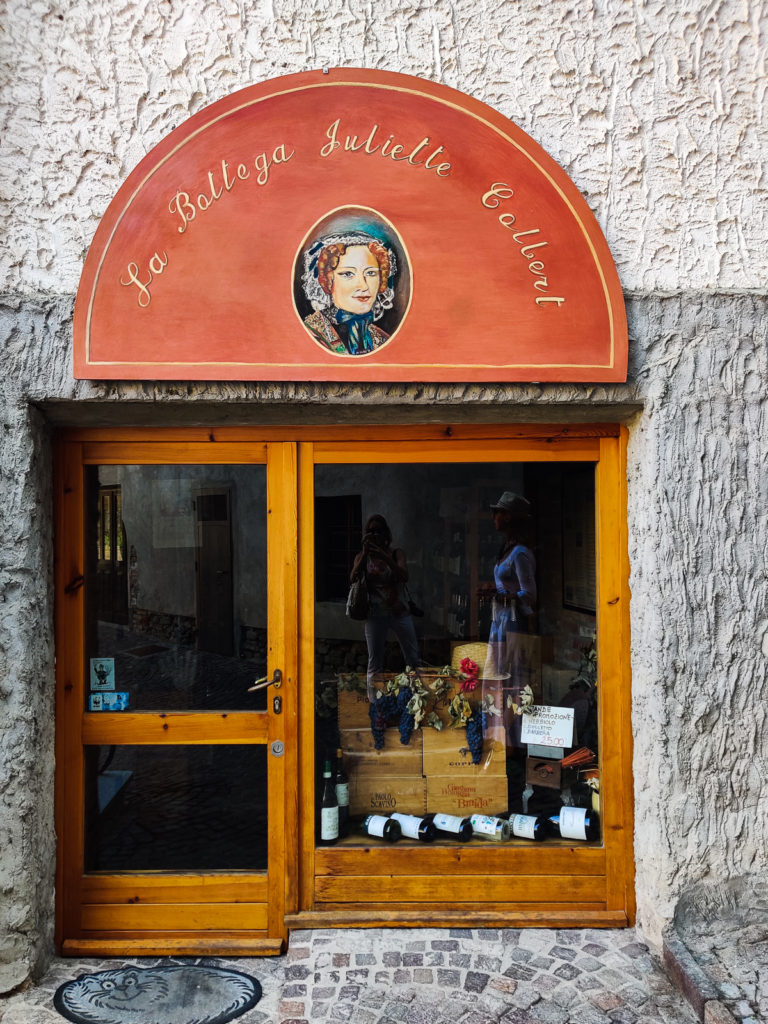
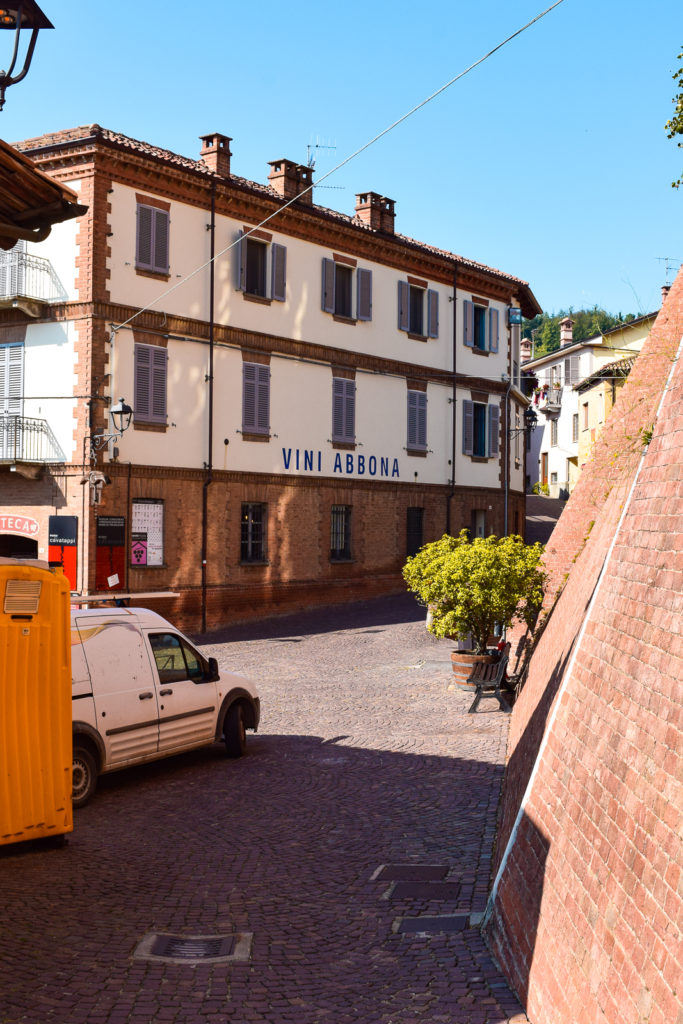
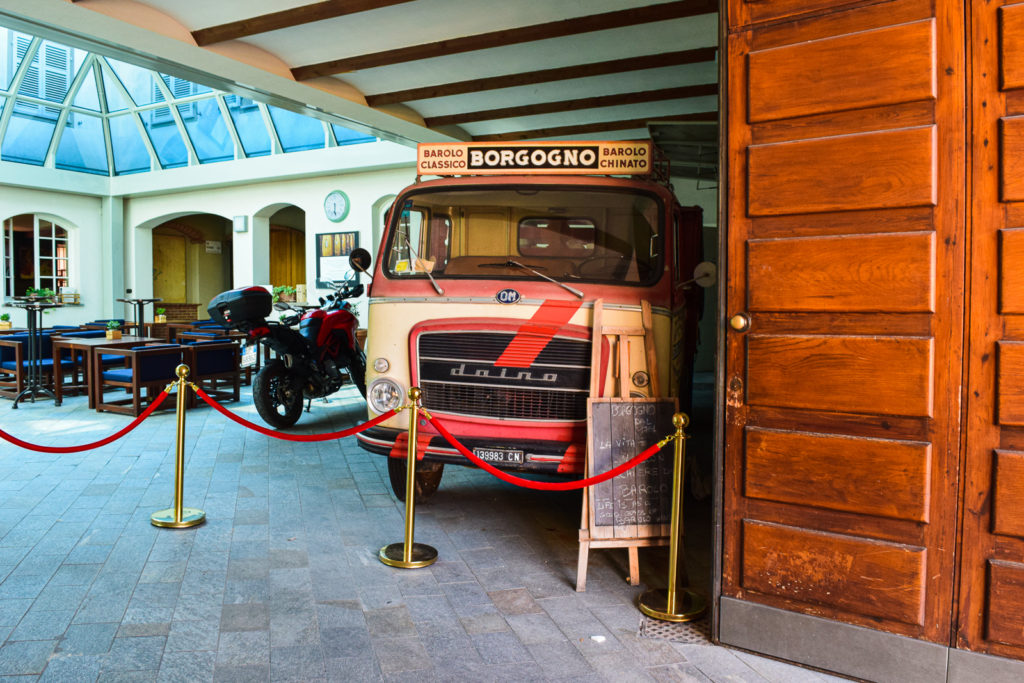
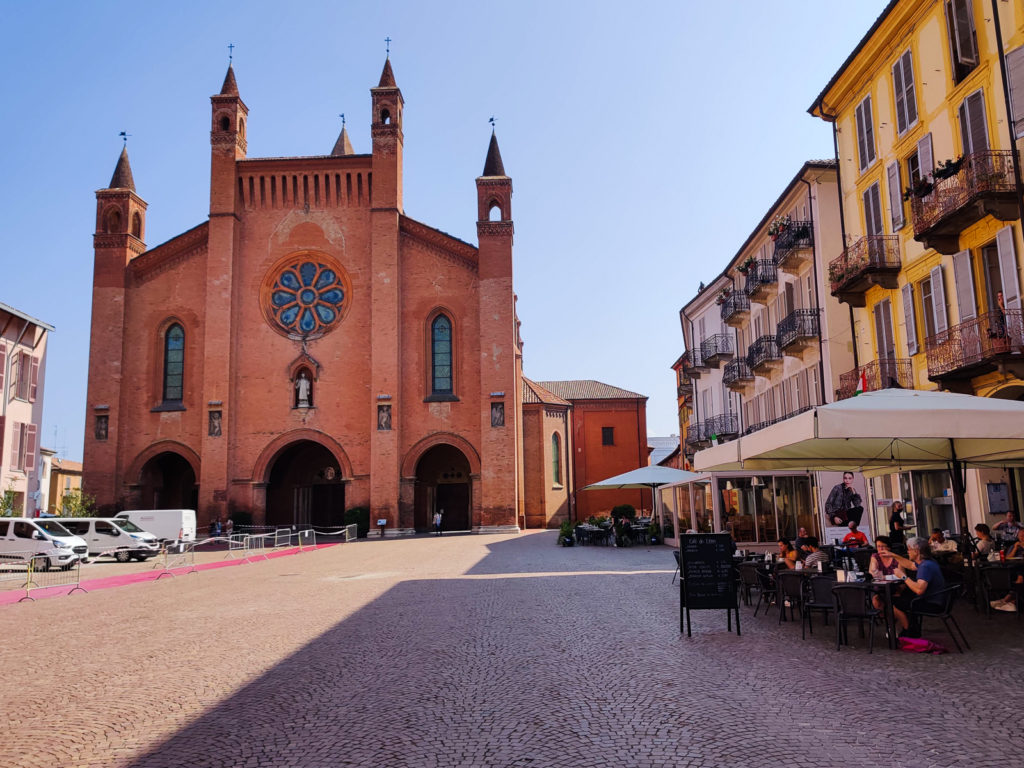
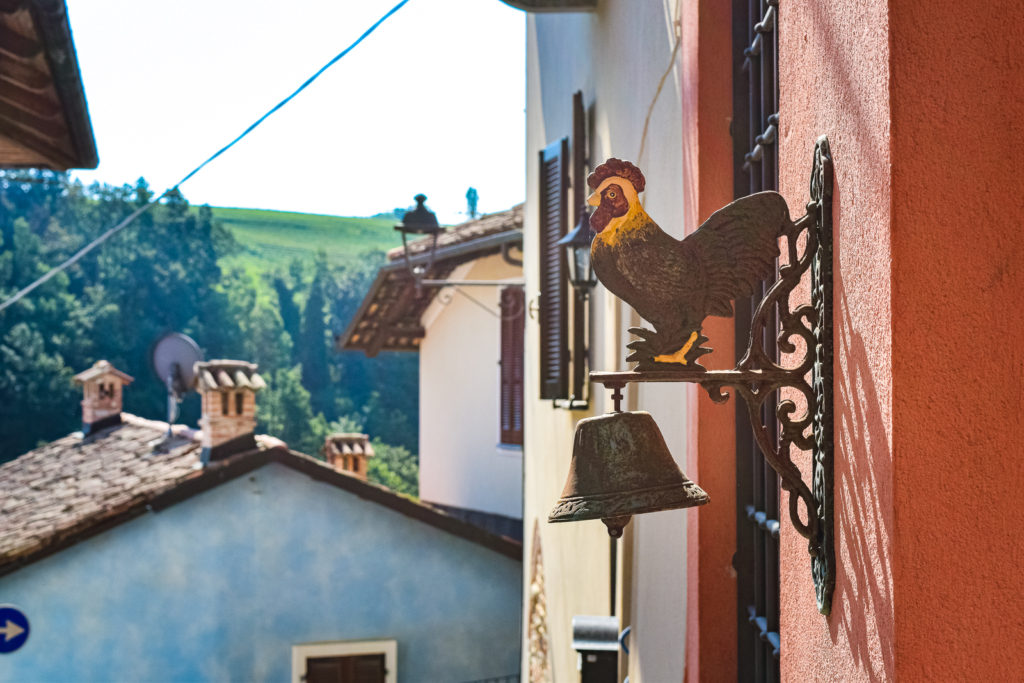
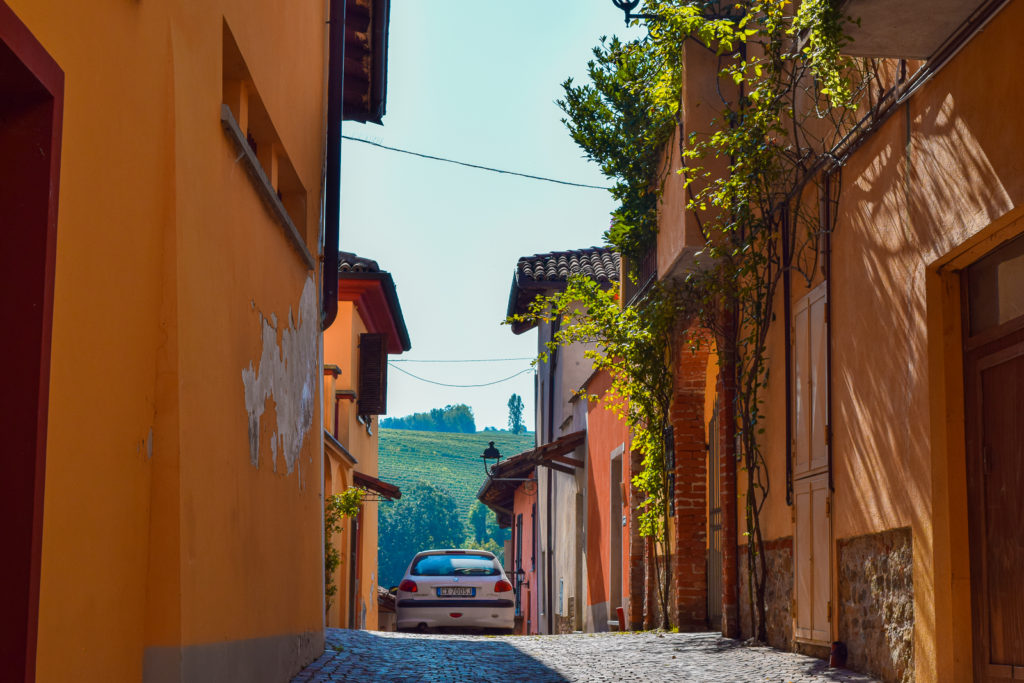
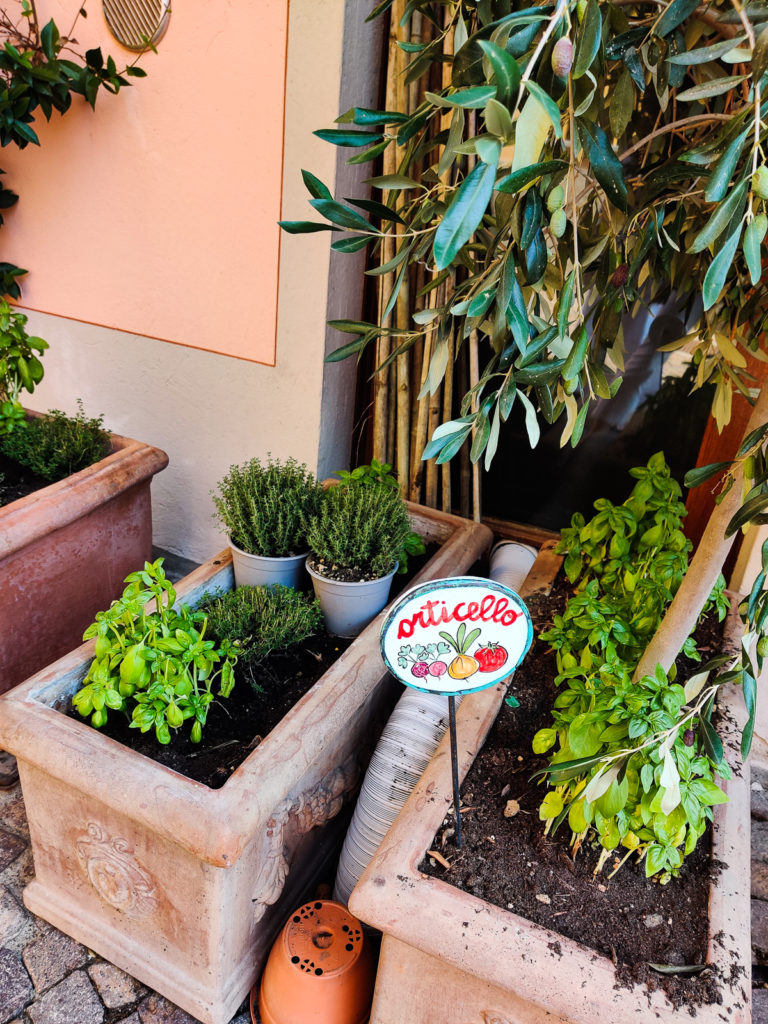
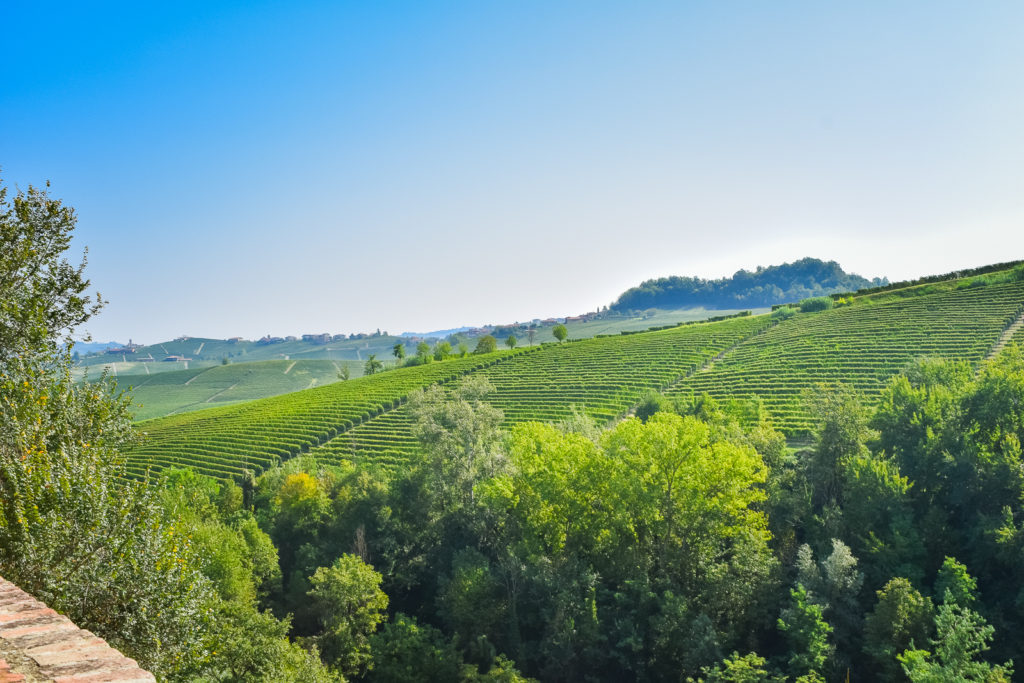
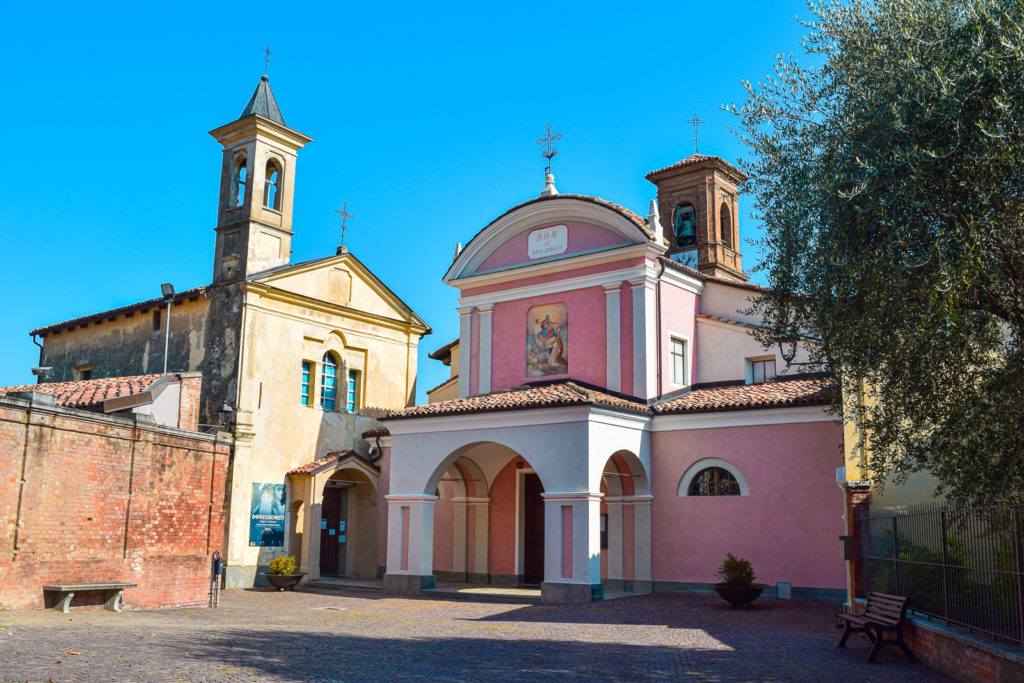
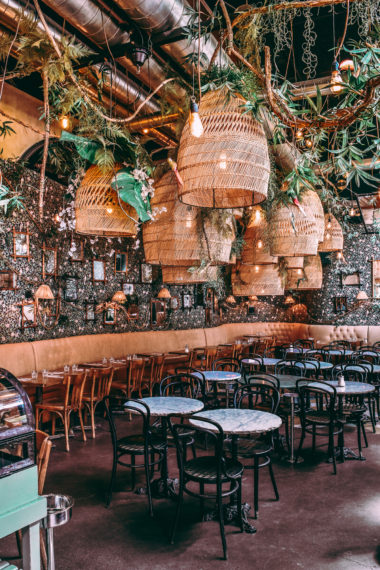
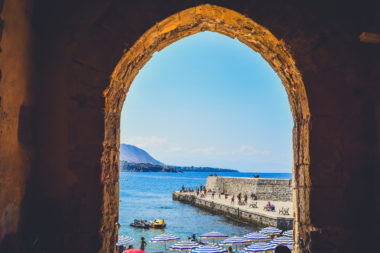
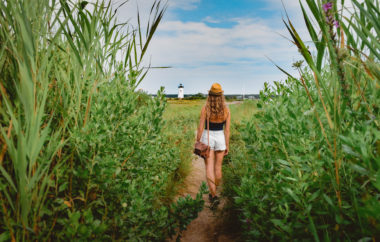
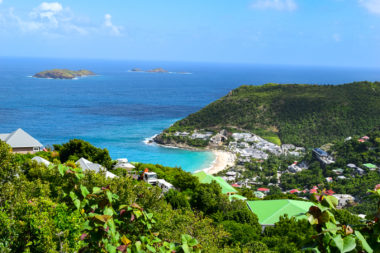
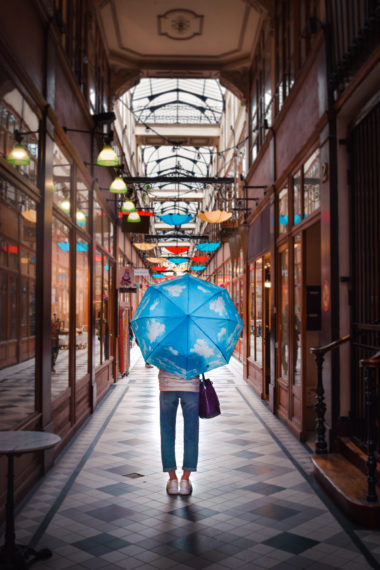
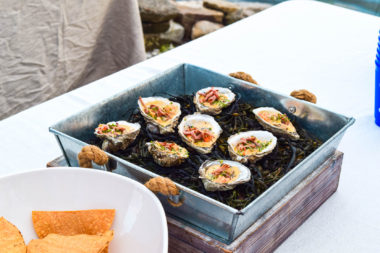

2 comments
Borolo’s are some of my favorite wines! I can’t wait until it’s safe to travel again.
Oh what a gorgeous place!
http://www.upyourvlog.com | http://www.tillyandrouge.co.uk